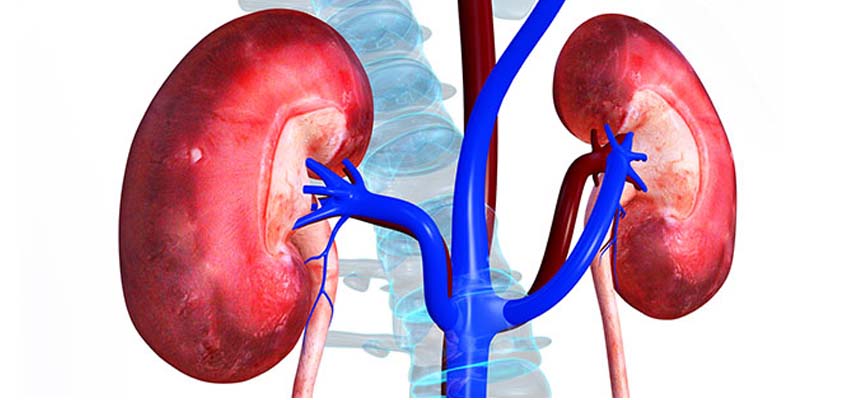Eastern states of India have higher kidney problems

On the occasion of World Kidney day, SRL Diagnostics – a leading diagnostic chain in India – revealed that Eastern states might have higher number of undetected kidney related diseases than other parts of India. The analysis test results were gleaned from the two main parameters: Blood Urea Nitrogen (BUN) and Creatinine, used for assessing kidney function. The data is based on more than 400,000 tests done at SRL Labs across India between 2013 and 2017 as part of preventive health checkups for kidney function. Blood Urea Nitrogen is a waste product produced by the liver during processing of protein and is removed from the blood by the kidneys. Similarly, Creatinine is a product from the normal breakdown of muscles in the body. The kidneys remove both BUN and creatinine from blood. As kidneys start malfunctioning the levels of these markers go up in blood.
In India, WHO had projected that the number of deaths due to CHRONIC DISEASES would rise from 3.78 million in 1990 (40.4% of all deaths) to 7.63 million in 2020 (66.7% of all deaths). Traditionally, health programs for prevention of chronic diseases are focused upon hypertension, diabetes mellitus and cardiovascular diseases. However, the increase in the prevalence of chronic kidney disease (CKD) progressing to end-stage renal disease (ESRD) and the consequent financial burden of kidney transplantation is dawning upon us as in India diabetes and hypertension account for 40–60% cases of kidney dysfunction. The approximate prevalence of CKD is 800 per 10,00,000 of the population.
Commenting on the same, Dr B.R Das, Advisor and Mentor - R&D and Molecular Pathology, SRL Diagnostics said, “At present 17 in every hundred citizens in India suffer from some form of kidney disease. Approximately 6 lakh women are estimated to die of kidney disease every year. Epidemiological research studies highlight sex-specific differences in the prevalence and outcomes of chronic kidney disease (CKD) with specific issues relating to reproductive health and pregnancy in women with CKD. Owing to this published gender disparity and ignorance of kidney health among women, The 13th World Kidney Day campaign focuses well on Kidney and Women Health: Include, Value and Empower. Making women aware of the risks of CKD and implementing the targeted, gender-sensitive prevention measures appears to be need of the hour for combating this silent killer disease.”
As per SRL’s analysis, abnormalities in kidney function evidenced by laboratory tests are slightly more common in women than in men, with an average of 11.36% occurrence in women and 9.48% in men. Creatinine comes from muscle tissue. When the kidneys are damaged, they have trouble removing creatinine from your blood. Testing for creatinine is only the first step.
The analysis also showed that kidney function disorders are very common in the elderly, especially those who are more than 85 years of age.

 Disclaimer: Welthi.com does not guarantee any specific results as a result of the procedures mentioned here, and the results may vary from person to person.
Disclaimer: Welthi.com does not guarantee any specific results as a result of the procedures mentioned here, and the results may vary from person to person.









